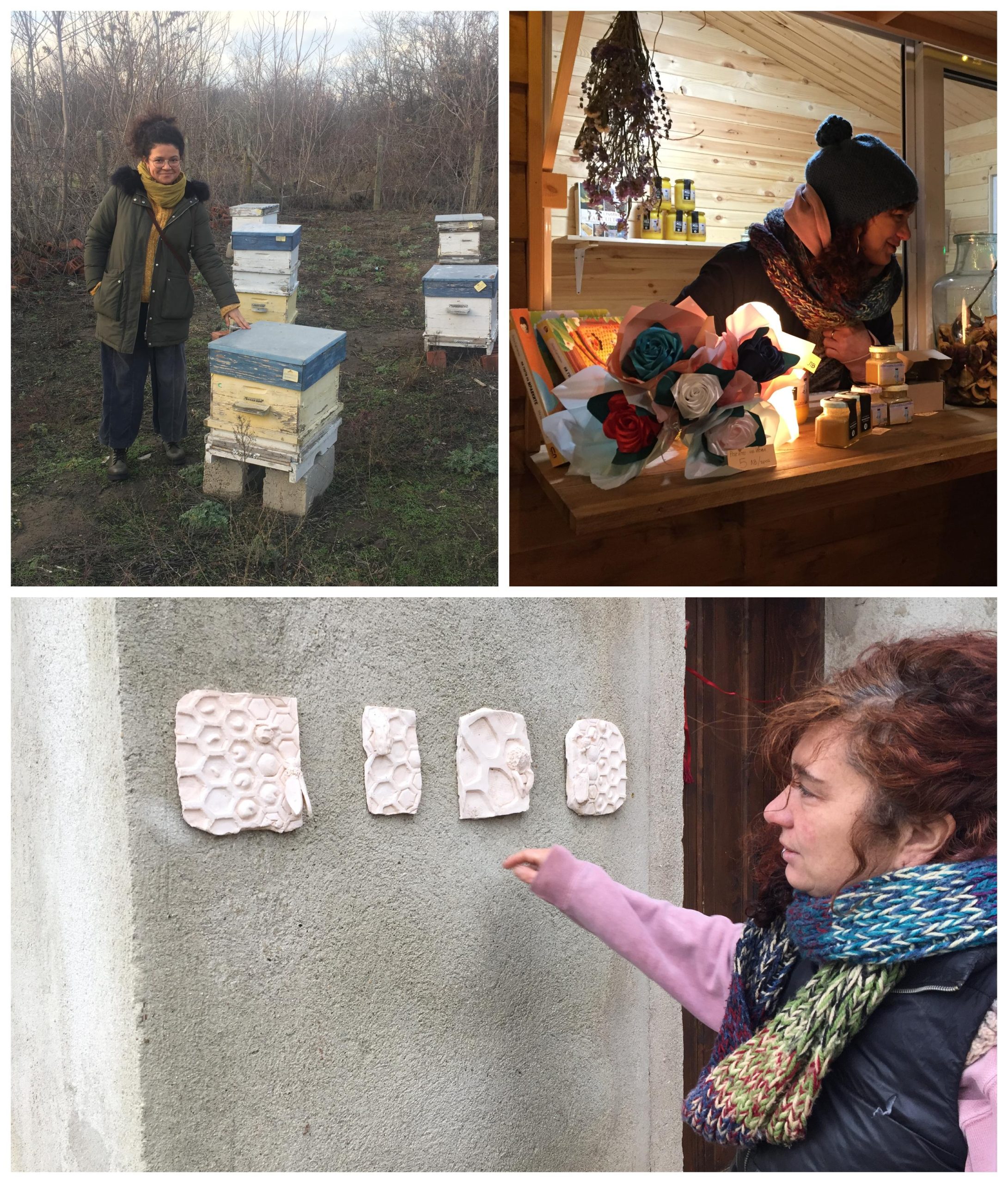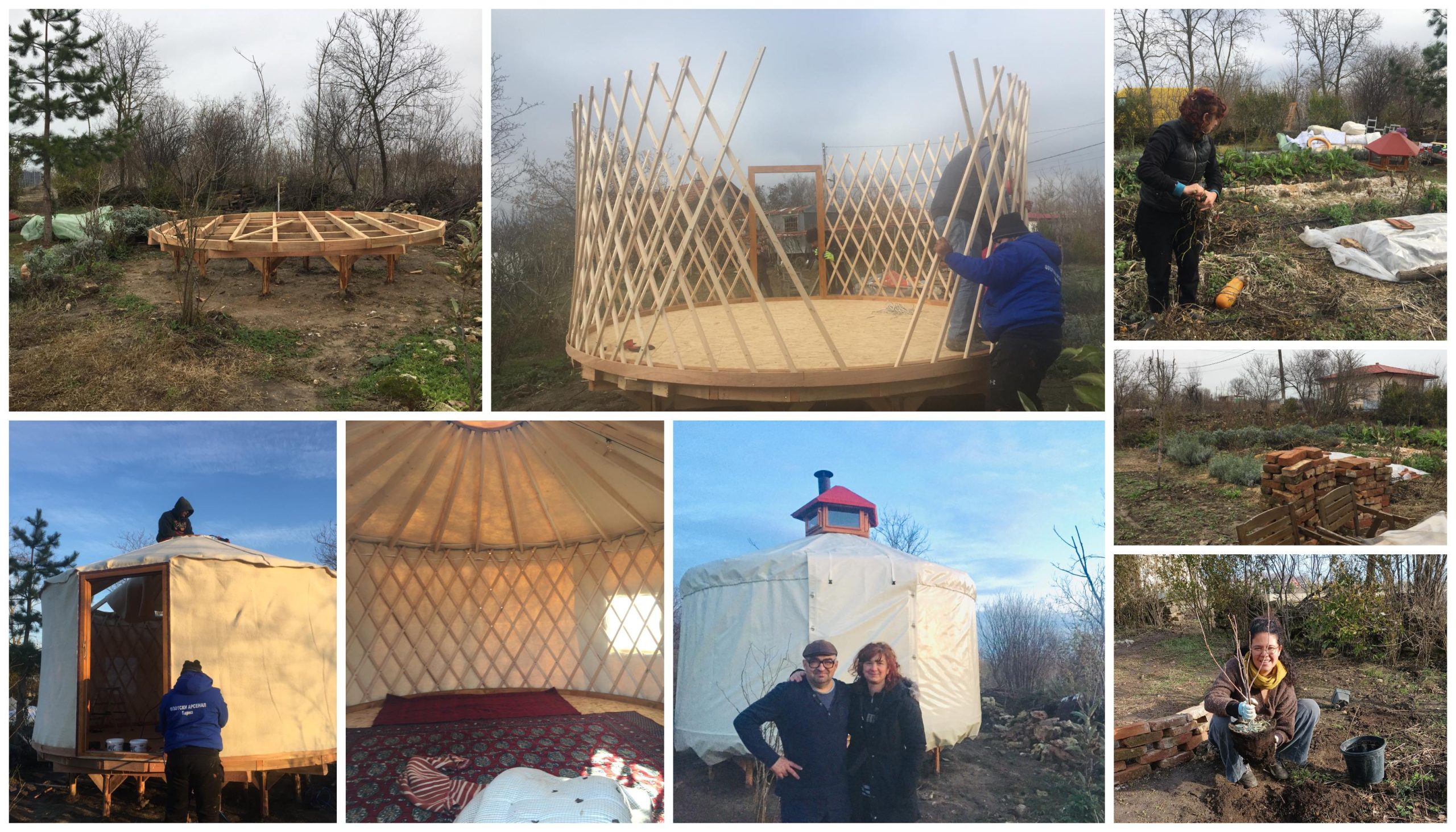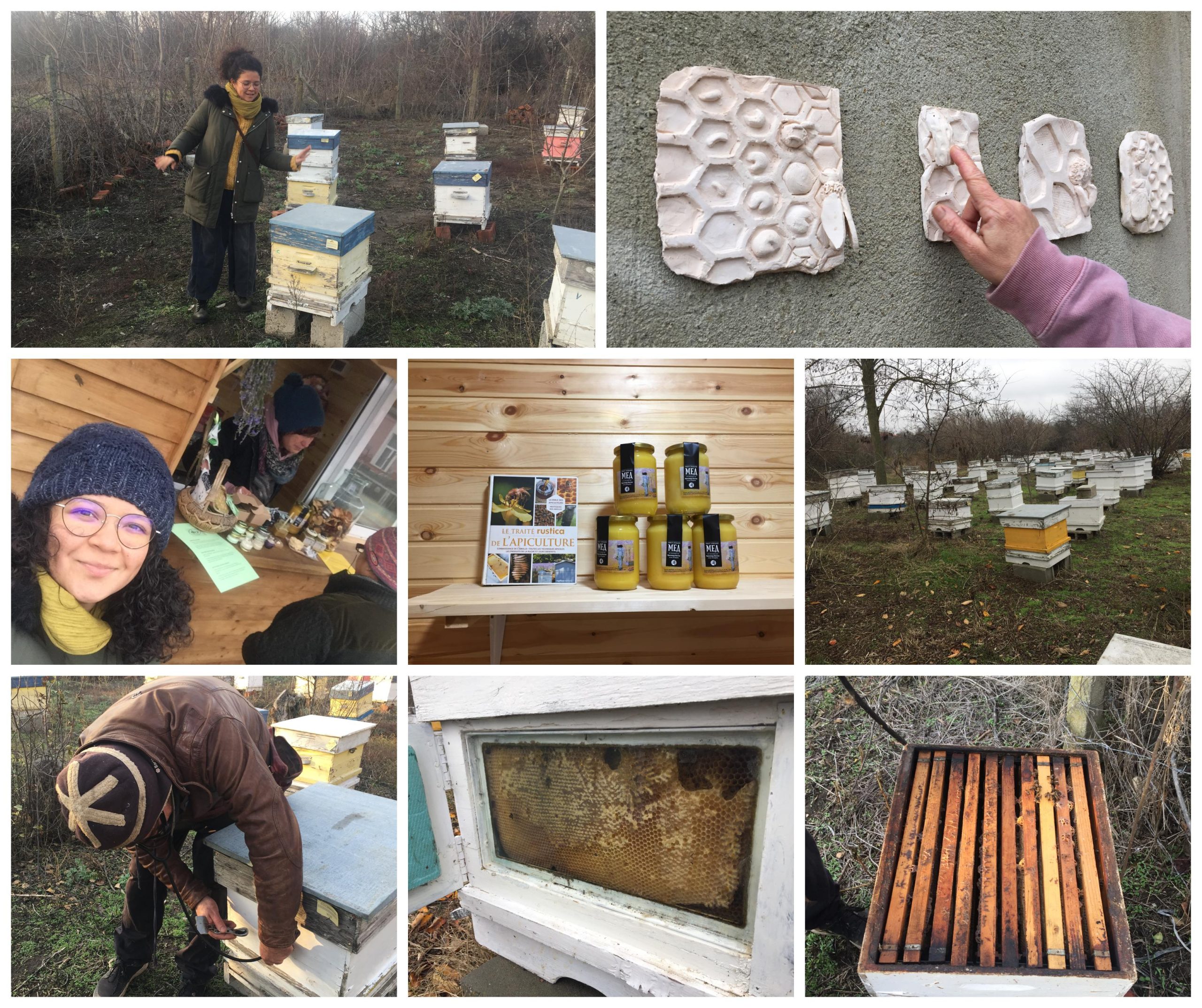Hello everyone and welcome to my last post,
Time passes so fast when one is having a good time. Two months ago I started this volunteering program and now it is time to say goodbye. It could not have been better since I spent one week with Hélène Sabatini, one of the members of Green School Village association who has an amazing farm in the Bulgarian east coast, in Ezerets. We met with her in another Erasmus+ programm in Crete, Greece this summer and I was very happy to see her again, visit her place and see her project. Her project is called The Bee Garden and she shares her passion with her husband, who is an apicultor and a photographer. This project is one of the LAND candidates and this conversation focuses on this topic, if you want to know more about her farm, you can check one of another volunteer’s interview at the end of this post. To listen to our full interview, please click below:
Helene has been working in this garden for more than 15 years, planting, designing and learning many things. Her background in Education for the environment lead her to this journey and then she combined it with the apiculture. This year she is mainly focused on fullfill all the criteria to become a LAND center with the Bee’s Garden, (they can be found here). Some of the criteria include to have a Permaculture design of the place, what she has already made before getting her Permaculture Design Course (PDC) in 2021. However, this design is evolving and needs to include new elements and changes in the design, in order to fullfil more criteria, like have a demonstration space and a place to host volunteers. When I was there, they got a yurt installed and this will be used, depending on the season, to host volunteers or to have an exhibition for visitors about the garden and the bees.
The garden has many different sections, there is a vegetable garden surrounded by aromatic plants, some vivaceas that live all year long, some fruit tree guilds (apple and walnut) and many mellipherous plants so bees are happy and do not need to move too far to get the nectar and polen. Some other plants are used for natural cosmetics and other just to add beauty to the place. The plants share the space with 120 beehives that host thousands of bees that in this season stay inside to keep themselves warm. As other elements of the garden, there is a sun-shower for the summer, a greenhouse, an abandoned fourgon and soon they will install another yurt that will serve as greenhouse and plant nursery.
The main activity of the Bee garden is taking care of the bees as well as the production of honey-related products and the whole family is involved in this activity. Hélene works with many different organisations and associations like the PESCD (Public Environmental Centre for Sustainable Development) in Varna, working with Eco building and supporting citizenship involvement in sustainable topics since 2006 and they organise workshops in a neighbour farm and invite volunteers. She has been continuosly working with the local people and the municipality to organize garbage collection programs, workshops with children, the local farmet market and recuperation of diverse materials, among others. They have been working together with volunteers from GSV and it helps Hélene and her family to get some feedback about the development of the Bees garden with a permaculture oriented viewpoint. They collaborate with the Doborgea association, that focus on environmental education for kids and education of local people about garbage management that involves everyone in the development of their place of living. Ezerets is located near the Via Pontica, a migratory route for birds, what allows them to work together with the Bulgarian Bird Life Association and the Green Balkans when big events are organized.
Regarding the garden and demonstration tools, her idea is to create a cognitive experience in the yurt, where people learn through all their senses. They can see some pictures and flowers, they can hear the noise bees make inside the beehive, they can taste and smell the honey, fruits and flowers and they can touch and feel the plants and beehives’ structure. Her husband is an artist and photographer so they feel very close to art and they want to invite their artist friends to give them their point of view about biodiversity and, probably, to contribute with some piece of art or collaboration.
Hélene shares a strong passion for bees, so she wants people to know more about these amazing animals. For example, she wants to make a big unmountable prototype of a bee so people can understand the different elements of these animals. For the beehives, she wants to make many different styles for beehives that can be found all around the world depending on the available materials, for example some are made out of clay and other out of straw. All of this, also combined with the demonstrative beehive with glass walls that allow to see inside of one of those they use for honey production, as can bee seen in the picture below. We also participated in a Christmas market with products made with honey, like creams and soaps.
That is all for now, I had a very good time in the Bees’ Garden with Hélene and her family, I learnt a lot about the bees, about honey production, how they behave and reproduce and also about her garden. It is very inspiring to see her project and I hope this process towards a LAND centre will help them to have more visitors and supporters. Thank you too, Hélene, for this amazing time.
Thank you for joining me in this adventure, I hope to see you again in a brighter season and happy holidays!
Un abrazo,
Juliana G.




